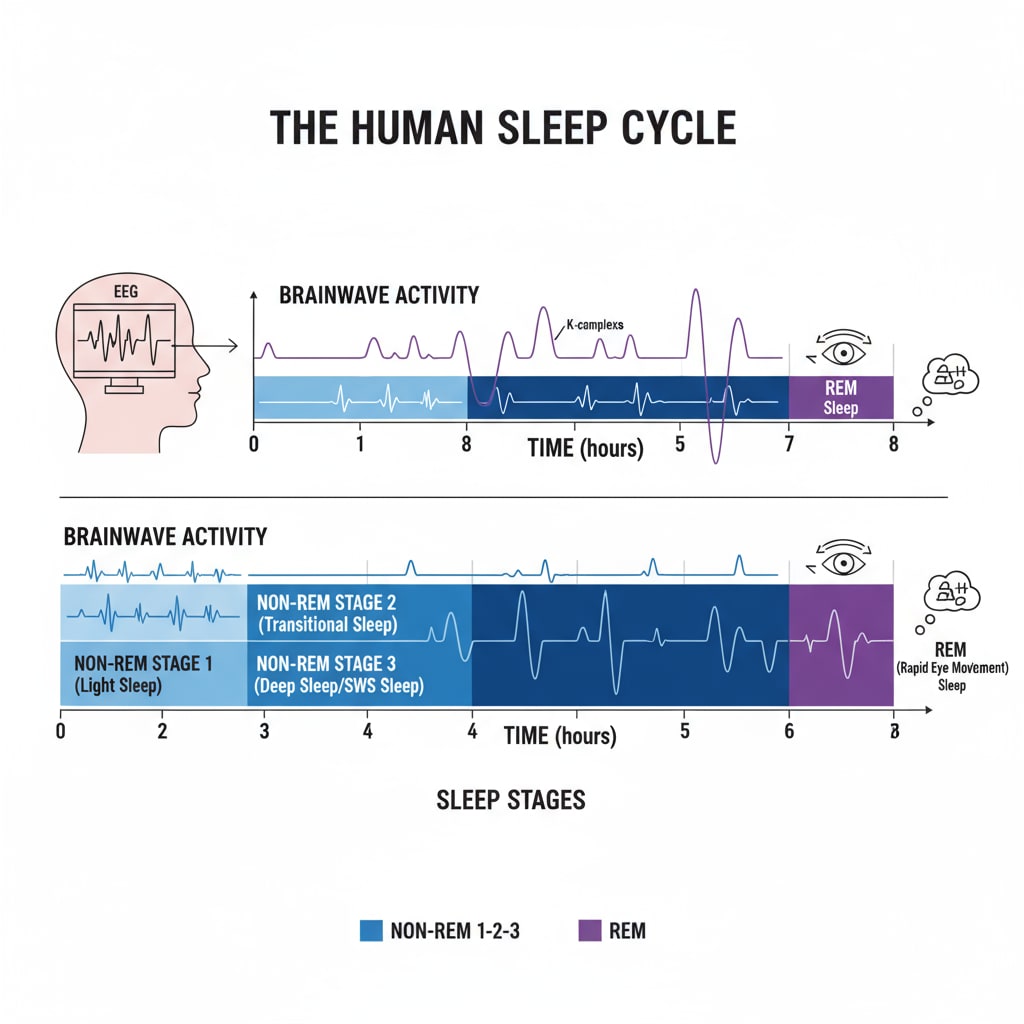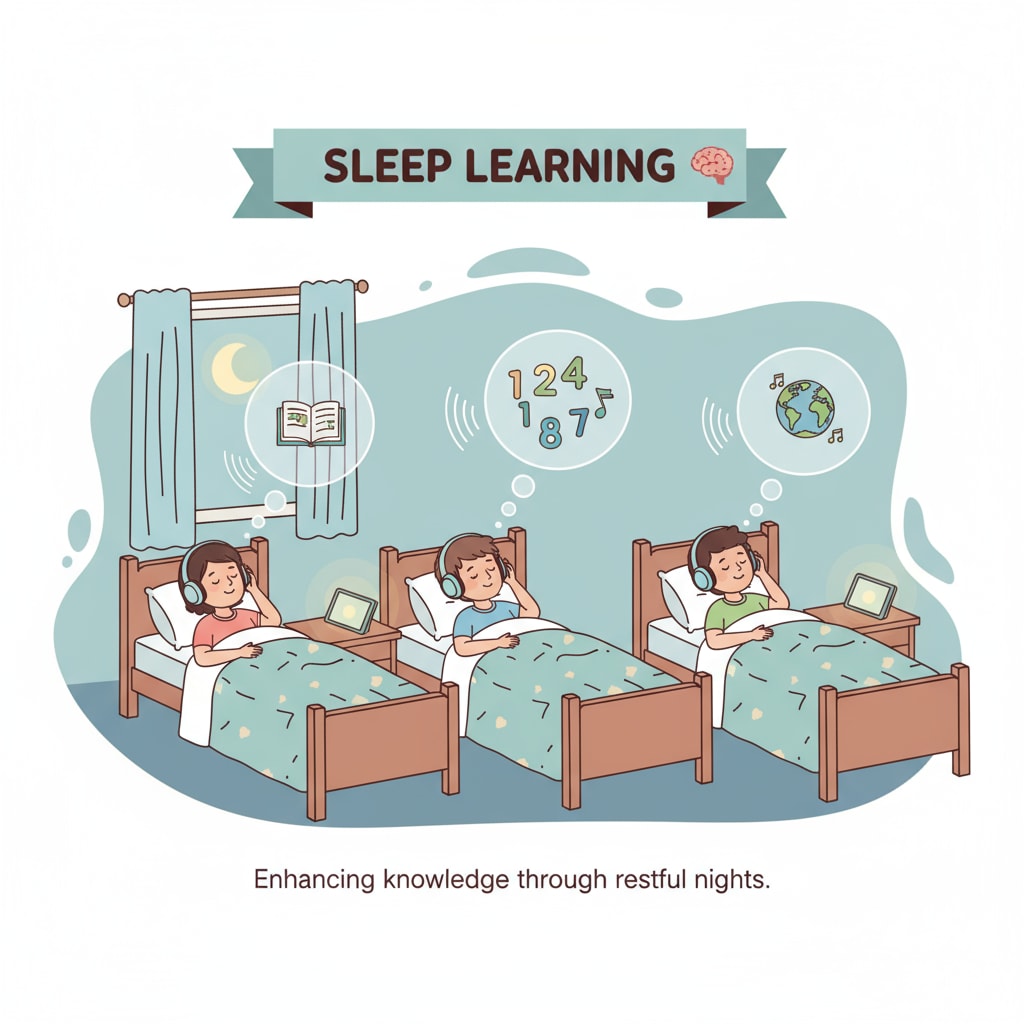Sleep learning, passive learning, and language learning have long intrigued educators and parents alike. The idea of learning while sleeping sounds like a dream come true, but what is the scientific basis behind it? In this article, we will explore the truth about sleep learning and its potential application in K12 education.
The Science of Sleep and Learning
The human brain is a complex organ that continues to work even during sleep. According to Britannica’s entry on sleep, sleep is divided into different stages, each with its own unique characteristics. During the REM (Rapid Eye Movement) stage, the brain is highly active, and it is believed that this is when memory consolidation occurs.

Memory consolidation is the process by which the brain converts short-term memories into long-term ones. This is crucial for learning, as it allows us to retain information over time. Some studies suggest that exposure to information during sleep can potentially enhance this consolidation process.
The Concept of Passive Learning
Passive learning, which includes sleep learning, involves receiving information without actively engaging in the learning process. While traditional active learning methods, such as reading, writing, and discussion, require conscious effort, passive learning aims to bypass this conscious effort. However, Wikipedia’s page on passive learning points out that the effectiveness of passive learning is still a subject of debate.

In the context of sleep learning, the assumption is that the brain can absorb and process information presented during sleep. But the reality is more complex. The brain’s ability to focus and understand information is significantly reduced during sleep, which poses challenges to the effectiveness of this approach.
Sleep Learning and Language Learning
Language learning is one area where sleep learning has been explored. The idea is that by listening to language materials, such as vocabulary or grammar lessons, during sleep, students can improve their language skills. Some initial studies have shown promising results, indicating that the brain can recognize and retain certain language elements presented during sleep.
However, it’s important to note that sleep learning alone is not a substitute for regular language learning methods. Active engagement, such as speaking, reading, and writing, is still essential for achieving proficiency in a language.
Readability guidance: As we’ve seen, the science behind sleep learning is complex. While there is some evidence suggesting its potential in certain aspects of learning, especially language learning, it has limitations. Educators and parents should view it as a supplementary tool rather than a primary learning method. By understanding the brain’s working mechanism during sleep and the nature of passive learning, we can make more informed decisions about how to incorporate sleep learning into K12 education.


